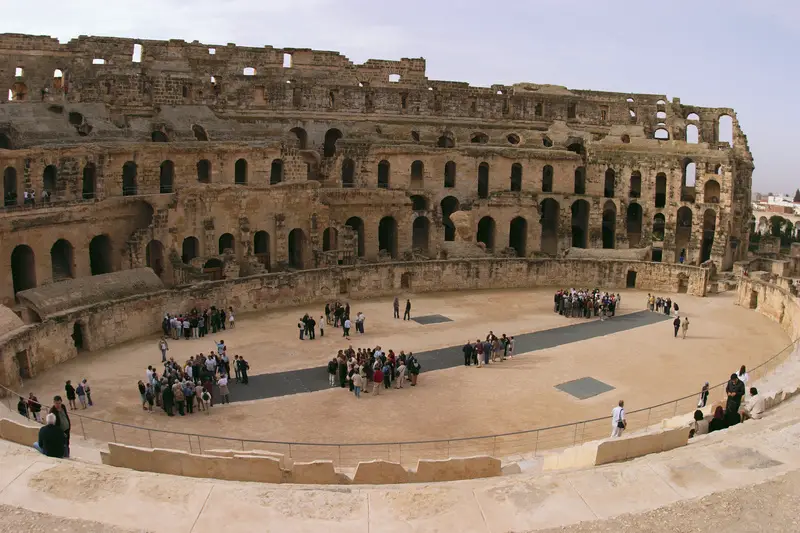Exploring The Treasures of Tunisia
For those looking to begin their explorations of Africa after touring around Europe, Tunisia offers a gentle and perceptible transition to the second largest continent in the world. Being located within close proximity of the Roman Empire, it was colonized and annexed by them for well over 500 years after the third Punic war in the 1st century BCE.
This fact has endowed this land with remnants of the empire, giving Tunisia something connected to Europe’s ancient history, even as travelers venture into the now Islam-influenced lands of North Africa.
The perfect place to begin one’s exploration of Tunisia is in the north, where many of the aforementioned attractions can be seen. By booking flights to Enfidha, an alternate airport that has taken the pressure off the major international airport in the capital Tunis, you can get your travel plans off and running quicker.
Get settled first in Sousse, where mesmerizing beaches and the rare bit of nightlife provide a chance for revelry before heading out into the hinterland of Tunisia. Spend the day lounging on the beaches and splashing about in the tepid aquamarine water, while the cobblestoned streets await you at night, where hookah bars aplenty give the bold traveler an ideal chance to spend some quality time with local Tunisians as they puff away their cares smoking flavoured tobacco.
Before leaving Sousse, be sure to also check out the medina, which contains many old structures from this ancient cities’ past, including the Great Mosque and a traditional Tunisian house (Dar Esid) that has been set up as a fascinating museum. All these sights have granted Sousse UNESCO World Heritage status, as this medina has been preserved to a much more admirable degree than other Arabic cities in the region.
Located near the airport where you flew in a few days prior, Uppenna is an archeological site containing the remains of a basilica and a fortress. The work uncovering these recently discovered ruins is ongoing, and is not on the radar like other sights in Tunisia, making it an excellent option for those looking to get off the beaten track and away from the crowds.
A major sight worth braving the crowds for though is El Jem, which is home to the largest Roman amphitheatre remains in the world, easily granting it UNESCO World Heritage status. Housing up to 35,000 spectators in its heyday, this former stadium is so intact that this site was used by film crews filming the blockbuster movie “Gladiator” that starred Russell Crowe.
Finally, before heading onward to Morocco or other destinations in Africa, be sure to pay Sufetula a visit, which contains well-preserved remains of a Roman-era town. Highlights of this utterly breathtaking place include temples to the Roman gods, churches that replaced them in the Byzatine era, and the Forum where community leaders met to discuss the issues of the day.
These sights and attractions are just the beginning of your adventure in Tunisia, with the points of interest in this article only speaking of the highlight-rich mid-regions of this small but culture-rich nation. More adventures await in the northern and in the Saharan regions of this country, so be sure to leave plenty of room in your itinerary when exploring this peaceful moderate nation in North Africa.



Comments
Leave a Comment